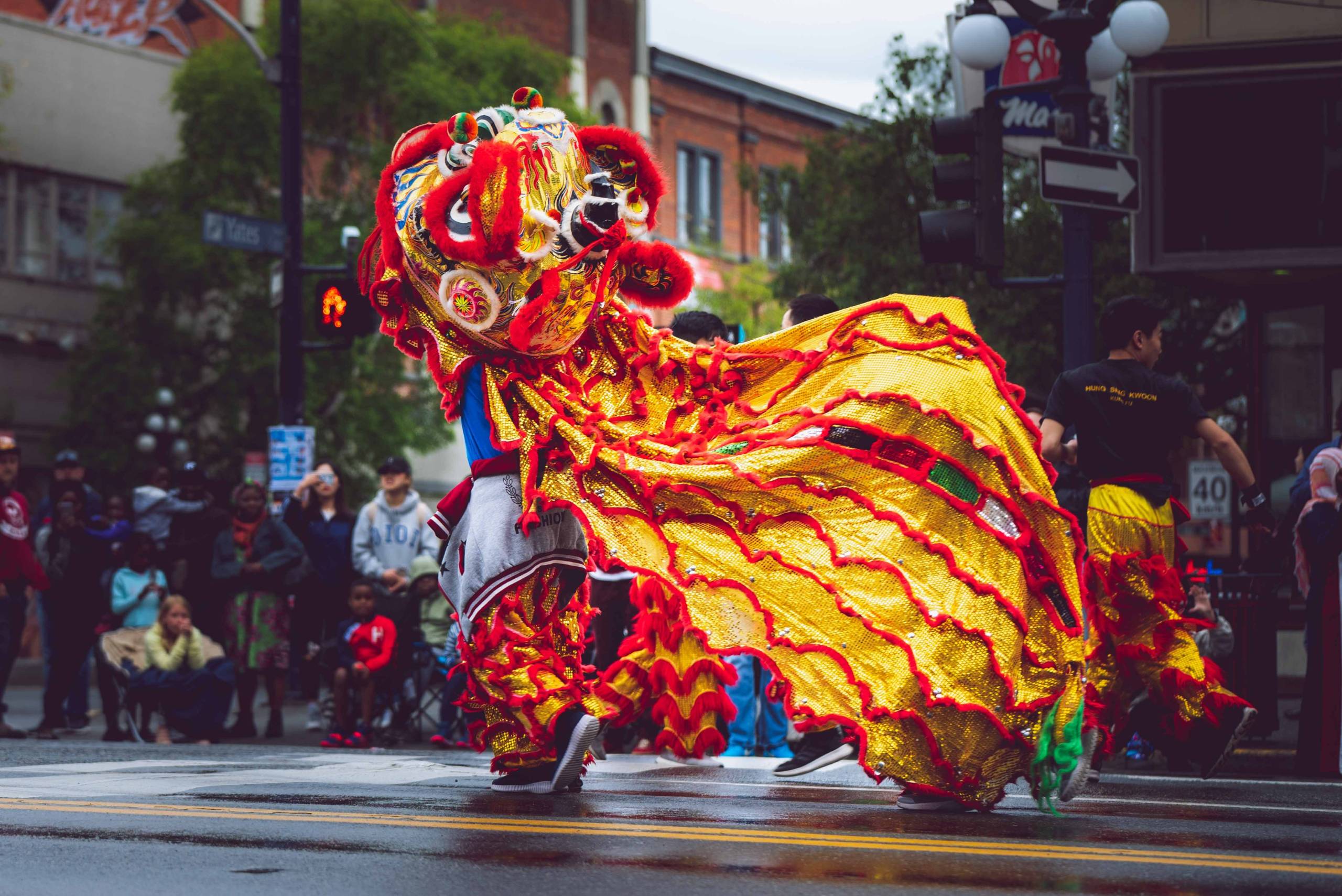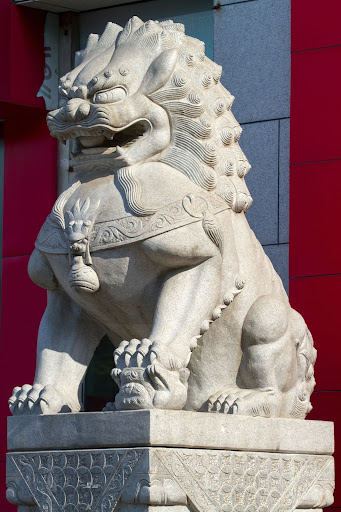Happy Lunar New Year from the Momentary

Today (February 1, 2022) marks the Lunar New Year, also known as Chinese New Year, Spring Festival (East Asia), and Tết (Vietnam). The celebrations center around the lunar calendar, a system based on the monthly cycles of the moon’s phases. It is a secular holiday but borrows from rituals and traditions in Buddhism, Taoism, and Confucianism as well as folk religions. The exact date for the Lunar New Year can range between January 21 and February 20. This year, the new moon will appear on February 1 (today!). New Year 2022 is the Year of the Tiger.
Asia is an incredibly diverse continent, and Lunar New Year traditions vary in different countries. The phrase “Happy Lunar New Year” is inclusive of all Asian cultures that participate in the lunar calendar.
The History of Lunar New Year
With origins in Eastern Asia, Lunar New Year is celebrated all over the world. Historically, the Lunar New Year emerged in China around the fourteenth century with agricultural origins to celebrate current harvests and worship the gods for good harvests in the future. Today, Lunar New Year is prominently celebrated in Asian countries such as China, Korea, Thailand, Tibet, Vietnam, and Singapore. Traditions and origin myths not only vary country to country but also regionally.

One popular myth tells the story of Nián (年, the Chinese word for “year”), a monster in ancient times who would rise from the surface of the ocean once a year to destroy crops, consume animals, and terrorize humans. Every year, the villagers would hide in their homes from Nián. After many years, the villagers discovered that the beast was afraid of loud noises, bright lights, and the color red. The villagers decided to make a model of Nián out of bamboo, paper, and cloth. Two fearless men would animate the four-legged beast.
On New Year’s Eve, they waited for the monster. When it was time, they sent out their beast accompanied by the furious beating of drums, cymbals, and gongs. Firecrackers were lit to emit bright lights and noise. The village was able to chase Nián away, which initiated a tradition that has carried on ever since. Today, many who celebrate Lunar New Year believe that the lion dance is performed each new moon cycle to bring prosperity and chase away evil spirits. The colors red and gold symbolize good luck, joy, and happiness in multiple Asian cultures.
How Lunar New Year is Celebrated
Various cultures in Asia celebrate this holiday in different ways. During this time of celebration, many take time to visit temples to make offerings to Buddha or the gods, in exchange for blessings for a prosperous new year. Ancestors are honored in homes with incense, flowers, and candles.
You can learn more about how Lunar New Year is celebrated in different Asian countries here.
Why Do Chinese (Guardian) Lions Look Different From the Lions We Know?

You may have seen depictions of Chinese lions through tapestries or statues. These statues have traditionally stood in front of Chinese Imperial palaces, Imperial tombs, government offices and homes, and temples. Chinese guardian lions originated in Chinese Buddhism and often feature a pair of highly stylized, pug-looking lions. The male lion typically is shown with a ball while the female lion is shown with a cub underneath their paws. Similar to the Lunar New Year tradition, these lions were thought to protect places from harmful spirits and enemies.
Buddhism began to spread to China during the Han dynasty in the first century CE. People from India and Nepal had seen actual lions, so they incorporated the animal into Buddhism. When the Buddhist texts reached China, Chinese people learned about an animal that was not native to their land.
Lions are not indigenous to China, so their appearance was only known through drawings or hearsay. The Pekingese pug and the tiger, both native to China, became substitute models for the beasts, making the depiction of lions in China often appear unrealistic.

Resources

Support local AAPI-owned businesses in Northwest Arkansas. Here are a few of our favorites:
- Bee’s Style: Eggroll & Fried Rice food truck, Fayetteville
- Formosa, Fayetteville
- Szechuan House, Springdale
- Tang’s Asian Market, Springdale
- arkanSEOUL, Bentonville
- Sushi House, Bentonville

Written by Kim Ly, production technician, and Juniper Patel, admin. assistant for Exhibitions & Interpretation, Crystal Bridges.



